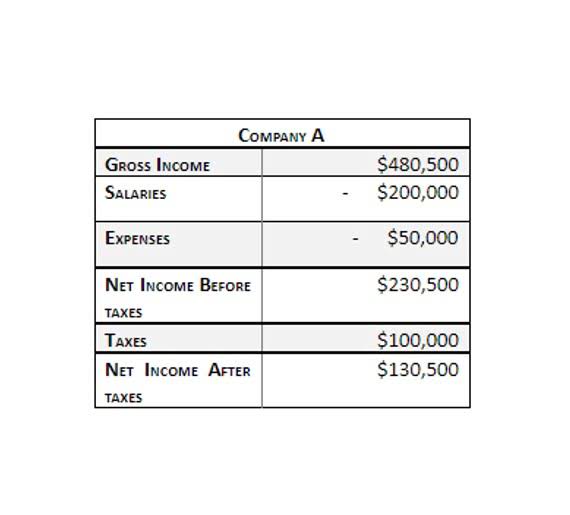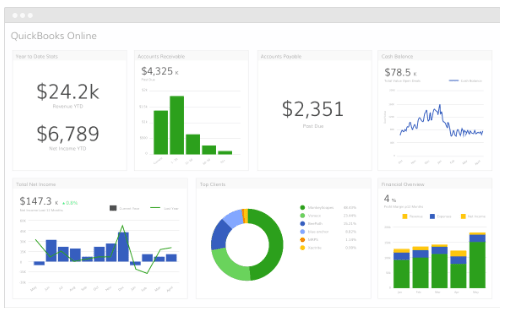
Once the production is completed, the completed units are transferred out to finished goods. The entry is passed by debiting finished goods inventory and crediting the Work in the process account. Managing inventory can be a real headache for companies, but it’s crucial to crunch the numbers and determine the true cost of holding that inventory, as well as the value of those products. If you are required to account for inventories, include the following items when accounting for your inventory. When the textbook is sold, the bookstore removes the cost of $85 from its inventory and reports the $85 as the cost of goods sold on the income statement that reports the sale of the textbook.

How can I perform budgetary control for project-specific procurement for an
There may be situations where it is not possible to conduct a physical count to arrive at the ending inventory balance. If so, the gross profit method or the retail inventory method inventory accounting can be used to derive an approximate ending balance. Choosing the best inventory management software for your business is like choosing the best car for your high school-age child.

Inventory management accounting with Katana Cloud Inventory Software
- Accounting for inventory management helps identify excessive carrying costs, minimize expired or obsolete inventory, and reduce the risk of stock losses or theft.
- That part of a manufacturer’s inventory that is in the production process and has not yet been completed and transferred to the finished goods inventory.
- Inventory accounting will then allow you to assign values to the items in each of these three stages of the process.
- Before we dive into the details, here’s a quick recap of some of the key terms and inventory accounting formulas you should know.
- That means keeping accurate and up-to-date financial records for business management purposes and tax return filing.
The physical inventory results directly impact the unit’s cost of goods sold, revenue, and profit, and ultimately, the information presented on the university’s financial statements. When goods are sold, properly record the transactions and ensure that the correct items are billed and shipped to customers. Record sales in the sales operating account with the appropriate sales object code. Transfer the inventory cost of goods sold to the operating account using a cost of goods sold transaction. Proper inventory accounting ensures compliance with accounting standards and regulations.
Benefits of inventory accounting.

Here we summarize what we see as the main differences on inventory accounting between the two standards. In accounting, inventory is classified as a current asset and will show up as such on the business’s balance sheet. When recording an inventory item on the balance sheet, these current assets are listed by the price the goods were purchased, not at the price the goods are selling for. Both cost of goods sold and inventory valuation depend on accounting for inventory properly. Katana empowers efficient inventory accounting, allowing businesses to maintain accurate inventory records, track costs effectively, and generate reliable financial reports. Inventories are generally measured at the lower of cost and net realizable value (NRV)3.
Cost of Goods Sold (COGS)
- It’s the fact that a large amount of the working capital is allocated for the inventory.
- Although the formula may seem straightforward, accurately capturing sales and matching them with their corresponding costs can be intensive.
- Unless this is accurately captured in the company financials, the value of the company’s assets and thus the company itself might be inflated.
- What you will be left with is the final inventory figure to be included as a company asset.
- It breaks down the essential terms, methodologies and best practices that ensure accurate accounting for inventory.
As an example, you have a clock factory and make 50 clocks on a Monday, and the cost is $7 per unit. The next day, you make 50 more clocks, though the cost goes down to just $6 each. If you were to sell 50 clocks on Wednesday, you would put the COGS as $7 per unit on the income statement. This is because the Supply Chain Cost Management application could have imposed item cost overheads, resulting in additional costs to the originally encumbered purchase order costs. Funds reservation in Project Costing will be based on these actual costs received from the Supply Chain Cost Management application. The project accounting business function requiresthat you enable budgetary control for a business unit before enablingencumbrance accounting.
Establishing Physical Inventory Controls
Inventory represents a significant part of the balance sheet for many companies. In accounting for inventory determining and capturing the costs to be recognized as an asset through the inventory lifecycle is key, because it affects a company’s KPIs such as gross profit margin. Despite similar objectives, IAS 21 differs from ASC 330 in a number of areas2.

If a company uses the periodic inventory system to create ending inventory balances, the physical count must be conducted correctly. This involves the completion of a specific series of activities to improve the odds of counting all inventory items. These funds can include both raw (requisition cost) and related burden costs.
Last-in, first-out or LIFO is an inventory valuation method where the most recent purchases are sold first. However, LIFO is only allowed under the US GAAP and is therefore only used in the United States. The perpetual inventory system automatically keeps your inventory records up to date as stock movements occur, so your cost of goods sold (COGS) and inventory accounting will be more accurate throughout the year. An inventory write-off is a process wherein inventory items are removed from a company’s recorded stock-on-hand list because they are no longer saleable. Inventory write-offs are typically done when goods are stolen, damaged, expired, or made obsolete by a new product or shifts in demand.
By analyzing historical inventory data, businesses can make more accurate predictions about future trends, plan for seasonal fluctuations, and allocate resources effectively. Welcome to inventory accounting, where the art of balancing numbers meets the intricate network of warehouses and stockpiles. Picture a maze of towering shelves, filled to the brim with products waiting to be accounted for.
Leave a Reply